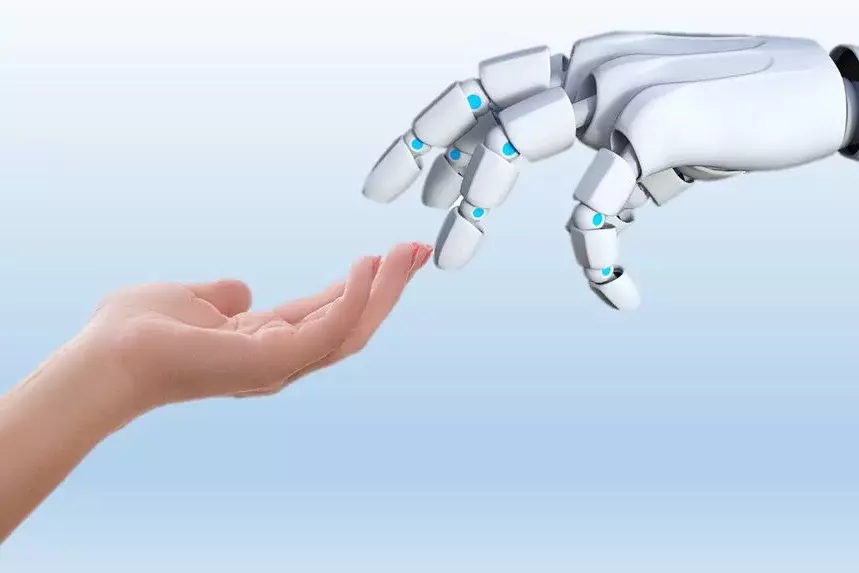Enabling Human-Machine Interaction in Real Time
The central vision of the Technical University's Center for Tactile Internet with Human-in-the-Loop (CeTI) is to enable people to interact in quasi-real time with cyber-physical systems (CPS) in the real or virtual world via intelligent wide-area communication networks.

A drink at the bar - "shaken, not stirred" - prepared exactly the way every super agent likes it. But in this bar, the bartender gets help from a cobot, a collaborative robot. The cobot can be seen live at the Center for Tactile Internet with Human-in-the-Loop (CeTI) at the Technical University of Dresden. It works together with people - in close proximity, without safety devices, as its sensors detect obstacles and automatically switch it off in an emergency.
Of course, the whole thing is more of a test scenario - in future, the cobot will feel particularly at home in places where automated production takes place. Here it can take over assistance functions. It only needs data transmission of 5G or faster. This is because the latency time for interaction between humans and machines must be less than one millisecond, which is the only way to ensure that the complex movements made by a bartender (or assembly worker) are fluid. Interdisciplinarity plays a major role in this CeTI project, where not only computer scientists are working on the next stage of the Internet, but also communications engineers, mechanical engineers, psychologists and philosophers.
CeTI conducts unique interdisciplinary research and addresses important open research topics in the key areas of the complexity of human control in the human-machine loop, sensor and actuator technologies, software and hardware designs, and communication networks as the basis for several novel use cases, categorized into medicine, industry and the Internet of Skills.
Center for Tactile Internet with Human-in-the-Loop (CeTI) at Dresden University of Technology